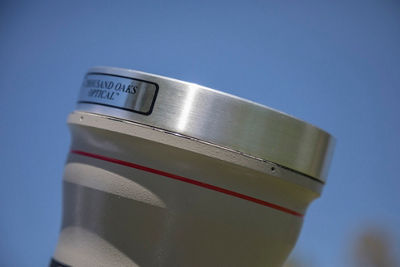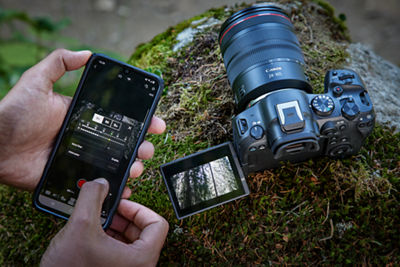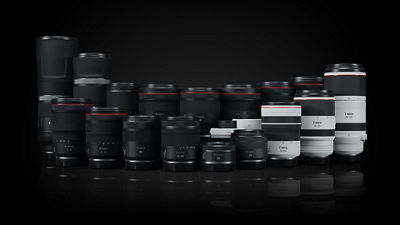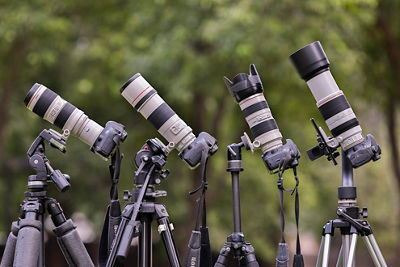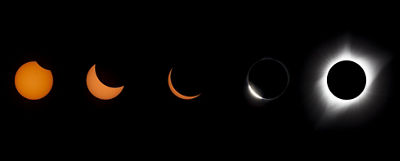North America will experience a breathtaking astronomical event on April 8, 2024 - a total eclipse of the sun. This is the second eclipse in the 21st century. The last was in 2017 and won’t happen again in North America until 2044. What makes this one different than the one in 2017 is the moon lies a bit closer to the earth making it a bit larger in the sky.
You don’t need to be a seasoned pro, anybody will be able to shoot this with the proper precautions, equipment, and techniques. Everyone from novice to professional photographers will be able to photograph it.
Types of Solar Eclipses
There are three main types of solar eclipses: Partial, Annular and Total.
An eclipse of the sun happens when the moon passes between the sun and earth in perfect alignment, so as to block part or all of the sun from us on earth. Our position on the earth’s surface determines the amount of coverage of the sun. Actually, an eclipse happens during every moon cycle but the angle of the moon and sun places the eclipse in space and thus cannot be seen on the surface of the earth.
A partial eclipse occurs when the moon partially occults the sun. That may be a result of the viewer not being in the path of totality or there simply isn’t totality due to the shadow of totality going off the surface of earth into space.
An annular eclipse of the sun occurs when the moon passes exactly in front of the sun but the moon is farther away from the earth and doesn’t completely block out the sun. There is a thin “ring of fire” of the sun around the moon. You need an approved solar filter for the complete eclipse cycle since the sun’s disk is still visible and is never completely covered.
A total eclipse, like the one coming April 8, 2024, occurs when the moon passes in front of the sun but is at the perfect distance from earth so the size of the moon is the same (or larger in this case) as the sun. Therefore, completely blocking the sun, leaving only the very faint corona around the sun visible. This is the rarest of all the eclipses.
SAFETY FIRST: Never look at the sun without accredited and approved solar filtration over your eyes. Permanent, irreversible eye damage and/or blindness can result in seconds. Never point your camera into the sun without an approved solar filter over your camera lens(es). Not using a solar filter at eclipse magnifications will ruin your camera in seconds. Never improvise, modify, or use general photography neutral density filters.




